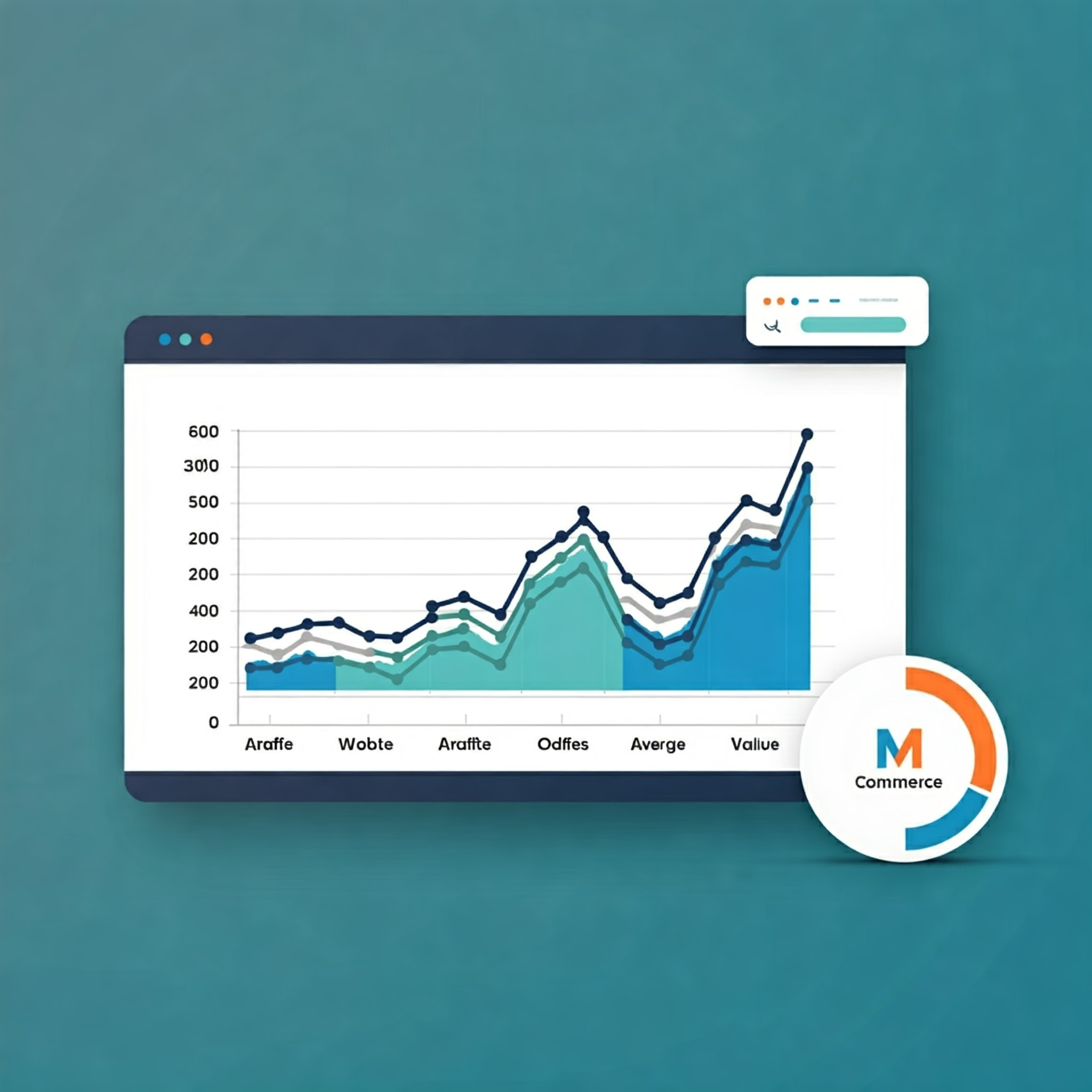M-Commerce Analytics: Measuring Success and Identifying Areas for Improvement
Mobile commerce (m-commerce) is a rapidly growing sector, and understanding your performance is crucial for staying ahead. This requires a robust analytics strategy that goes beyond basic metrics. Here’s a breakdown of how to measure m-commerce success and identify areas for improvement:
1. Key Performance Indicators (KPIs) for M-Commerce Success:
- Conversion Rate: Percentage of users who complete a desired action (purchase, sign-up, etc.) on your mobile app or website.
- Average Order Value (AOV): The average amount spent per order.
- Customer Acquisition Cost (CAC): The cost of acquiring a new customer.
- Customer Lifetime Value (CLTV): The total revenue generated from a customer over their entire relationship with your business.
- Retention Rate: Percentage of customers who return to make repeat purchases.
- Mobile App Downloads: Number of users who download your app.
- App Session Duration: Average time spent using your app.
- Push Notification Open Rate: Percentage of users who open your push notifications.
2. Analyzing User Behavior:
- Heatmaps: Visualize user interactions on your mobile site or app to identify areas of interest and pain points.
- Session Recording: Capture user sessions to understand their journey and identify areas for improvement.
- A/B Testing: Compare different versions of your mobile app or website to determine which performs better.
- User Segmentation: Group users based on demographics, behavior, or other criteria to personalize their experience and offer targeted promotions.
3. Mobile App Analytics:
- App Store Ratings and Reviews: Track user feedback and identify areas for improvement.
- App Store Keyword Ranking: Monitor your app’s ranking for relevant keywords.
- In-App Analytics: Track user behavior within the app, including navigation patterns, feature usage, and conversion rates.
4. Identifying Areas for Improvement:
- Optimize Checkout Process: Streamline the checkout process to reduce cart abandonment and increase conversions.
- Improve User Experience (UX): Make your mobile app or website user-friendly and intuitive.
- Personalize Content and Offers: Tailor your content and promotions to individual user preferences.
- Enhance App Functionality: Add features that improve user engagement and value.
- Optimize for Mobile Search: Ensure your mobile site is optimized for search engines to improve visibility.
- Utilize Push Notifications: Send targeted push notifications to re-engage users and drive conversions.
5. Tools and Platforms for M-Commerce Analytics:
- Google Analytics: Comprehensive web analytics platform with mobile-specific features.
- Firebase: Google’s mobile app development platform with built-in analytics tools.
- Mixpanel: Mobile analytics platform focused on user engagement and conversion tracking.
- App Annie: App store intelligence platform providing data on app performance, downloads, and reviews.
6. Best Practices for M-Commerce Analytics:
- Define clear goals and objectives.
- Set up tracking early in the development process.
- Use a combination of tools and data sources.
- Regularly review and analyze your data.
- Continuously optimize your m-commerce strategy based on insights.
By implementing a comprehensive m-commerce analytics strategy, you can gain valuable insights into user behavior, track your performance, and identify areas for improvement. This will allow you to optimize your mobile experience, drive conversions, and ultimately achieve your business goals.
















